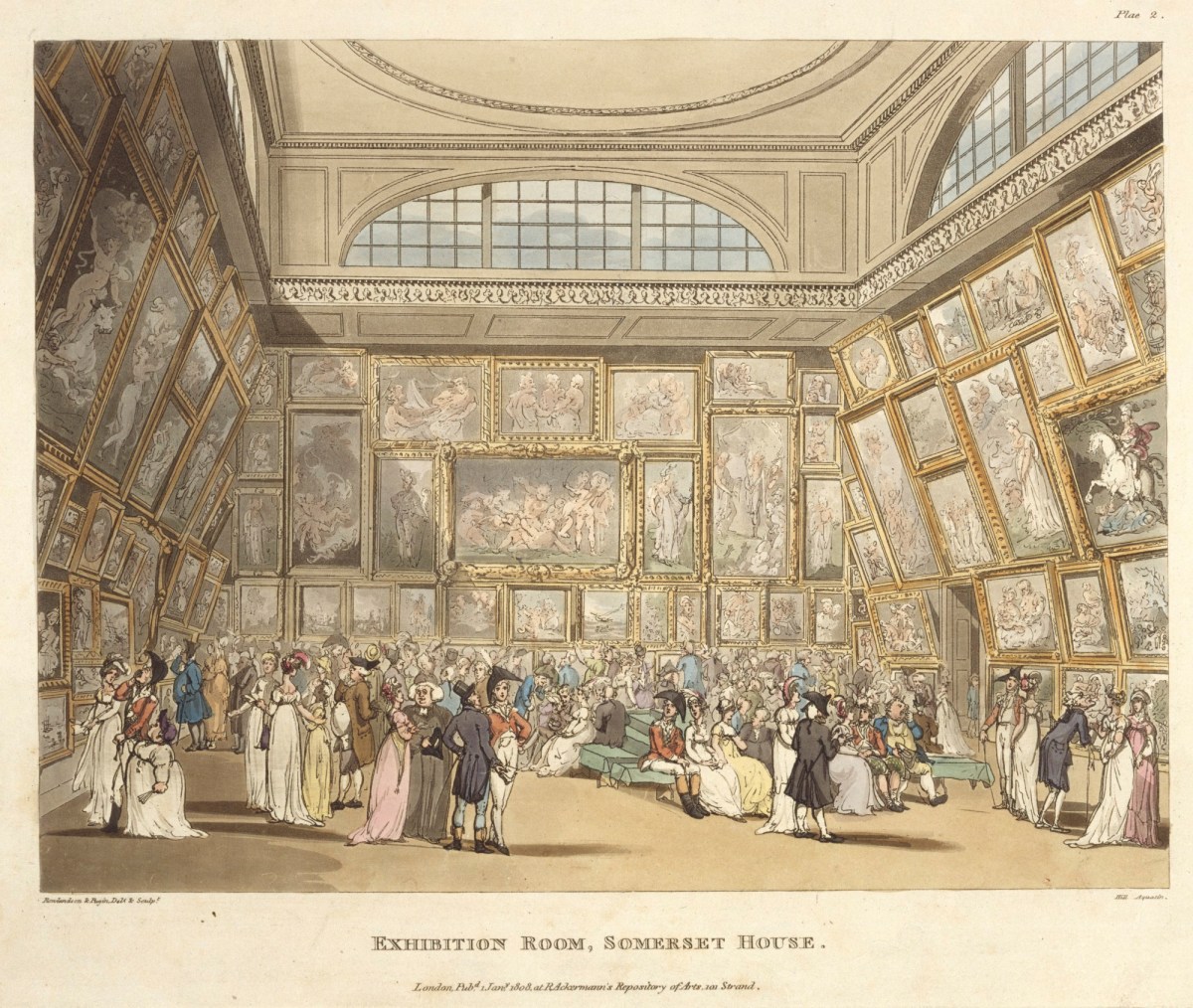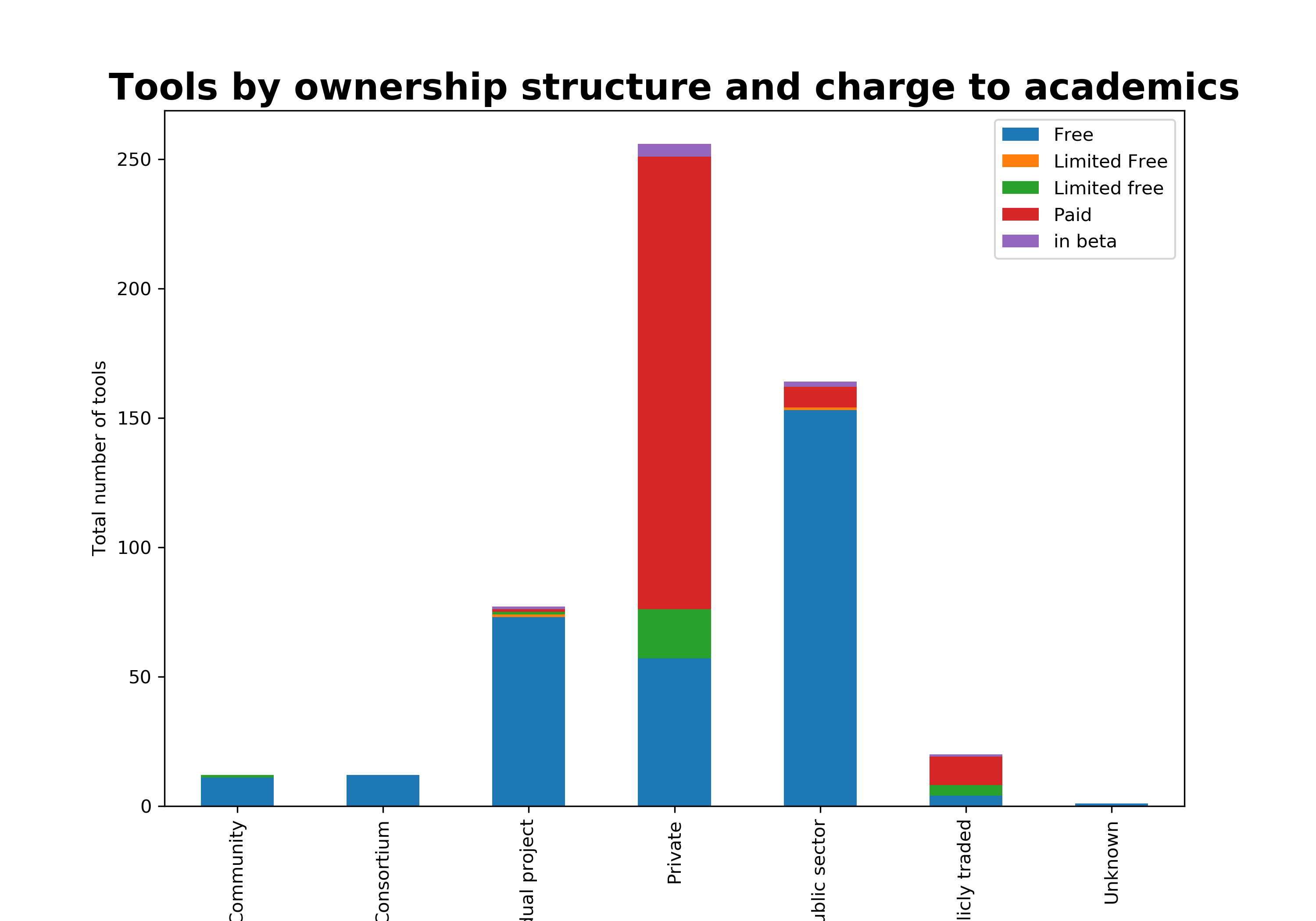How to be a great artist
A few things are coming to mind. I am reading: “What are you looking at? 150 years of modern art in the blink of an eye” by Will Gompertz whilst trying to find my unique selling points as an artist. For about a year now, I am ever more curious and I want to understand what other artists do and what are their stories.

Andy Warhol was a fashion illustrator and didn’t find his ‘subject or style’ (the Campbell’s Soup Cans) immediately. He copied a few contemporary artists while trying to break into the world of art. Well into his career, Kandinsky, one of my favourite painters, left the law to paint the colours he could hear in Wagner’s opera.

The social and cultural scene inspired most of the artists that Gompertz talks about. He manages to show how one style or movement in art (painting and sculpture) has emerged from a previous one. It is probably one of the most fascinating books I have ever read and an amazing introduction into the world of contemporary art.
Gompertz traces the evolution of art articulating convincingly the rich history behind the Campbell soups or Duchamp’s urinal, for example. Which may seem atrocious for some and nothing close to artistic beauty. But art doesn’t have to be beautiful. It may be beautiful now, hundreds of years later. While quite disruptive at the time it was created.
Although I have a much better understanding now as to why a pickled shark is art, there is one artist for whom I don’t need 400 pages of modern art history to know and believe that he is the real genius.
I can’t go into the definition of art because I don’t have any major credentials to write it. Which means that I can definitely be challenged on my opinion that Ai Weiwei is one of the greatest artists alive.
Ai Weiwei doesn’t need to hire a marketing and PR team. His artistic excellence is self-sufficient.

He doesn’t need to oversell his art in order to become viral for three reasons:
- Materials don’t intimidate Ai Weiwei. He doesn’t constrain himself to a canvas. Not even his surroundings are his limits. His speech is free. His expression is boundless.
-
Each piece tells a story. A story that we fear. A story that we don’t want to live. A story that not only startles us but makes us angry and agitated. And at the same time — blessed.
-
Political activism and human rights are his subjects. And he knows it inside out. He lives it every day, in East and in the West. Everywhere he goes. It is most impressive how the brains behind China’s signature architectural piece — “The Bird’s Nest” could be the same person that spent 81 days in prison.
I have watched again and again the 360 experience of Ai Weiwei’s exhibition at the Royal Academy. It is an amazing show, with interviews and thoughts from Ai Weiwei himself. The virtual tour will be up online until November 2016. I highly recommend having a look; it is arguably better than a real live visit.




